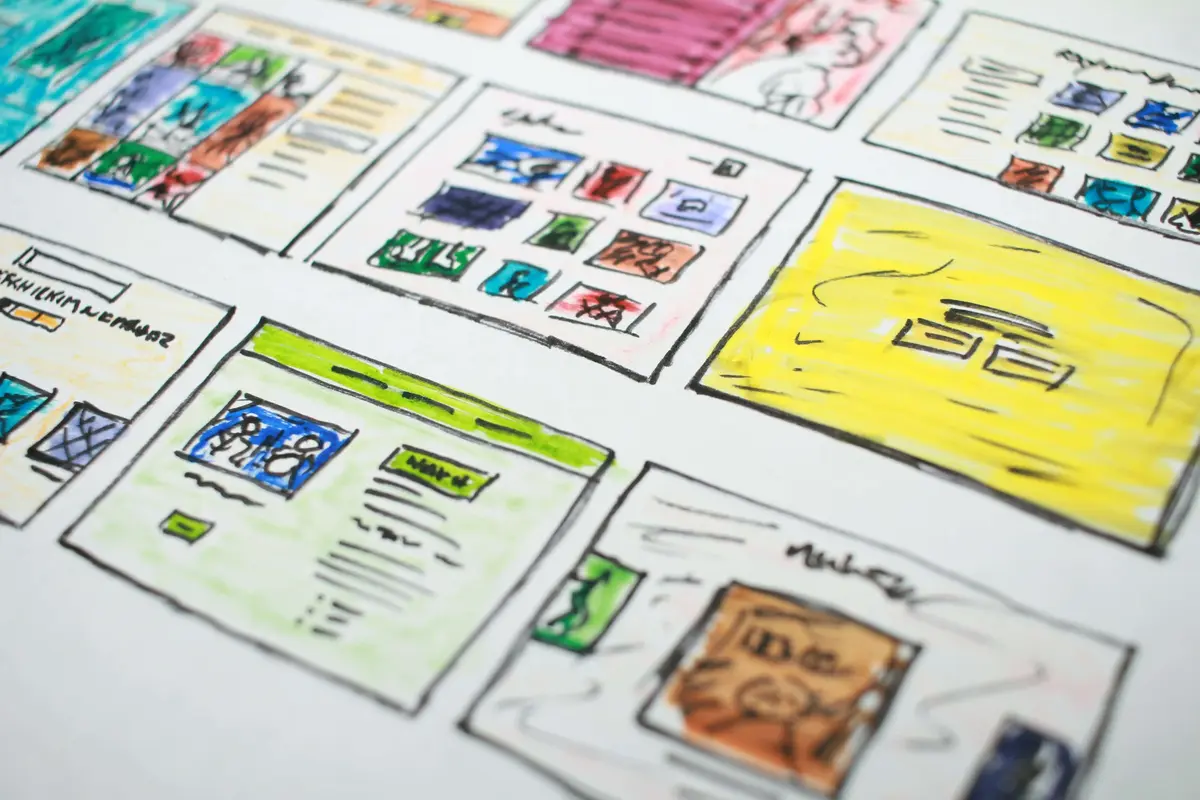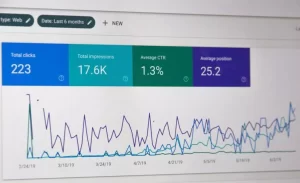The terms “web design” and “web development” are often used interchangeably, but they describe two distinct aspects of the process of creating an online presence. In this article, we will explore the differences and similarities between web design and web development, highlighting the unique roles each plays in building a functional and attractive website.
Web Design: Aesthetics and User Experience
Web design is responsible for the look and feel of a website. Web designers focus on aesthetic aspects and user experience (UX), ensuring that a site is visually appealing and easy to navigate. They work with elements such as colors, fonts, images, and structure to create an attractive and intuitive interface. The main tasks of a web designer include:
- Creating the layout: Strategically placing elements on the page to optimize visual flow and accessibility.
- Visual design: Selecting colors, images, and fonts to create a consistent and memorable visual identity.
- User experience: Ensuring smooth navigation and pleasant interactions for users.
Web Development: Functionality and Performance
Web development focuses on the technical side of building a website, ensuring that it functions properly and provides a seamless experience for users. Web developers are involved in coding and managing interactive functionalities. The main tasks of a web developer include:
- Front-end development: Creating visible components of a site using languages like HTML, CSS, and JavaScript.
- Back-end development: Managing the server, databases, and other non-visible components for users, using languages like Python, PHP, or Node.js.
- Testing and debugging: Ensuring the site works properly on various devices and platforms, identifying and resolving any errors.
Key Differences between Web Design and Web Development
- Primary focus:
- Web design: Visual appearance and user experience.
- Web development: Functionality, performance, and data management.
- Technologies used:
- Web design: Uses graphic and design tools such as Adobe Photoshop, Sketch, or Figma.
- Web development: Involves the use of programming languages and frameworks, such as React, Angular, or Django.
- Required skills:
- Web design: Knowledge of design, UX, and graphic tools.
- Web development: Programming skills, advanced knowledge of languages and frameworks.
Similarities and Collaboration
While web design and web development focus on different aspects of creating a website, collaboration between these two disciplines is essential to achieve a high-quality end result. Designers and developers work together to implement design concepts into a functional site and ensure a harmonious experience for users.
Although web design and web development have distinct purposes, they are interconnected in the process of creating a successful online presence. A balanced approach between aesthetic appeal and technical functionality contributes to the success of a website. Whether you are interested in the visual aspect or the technical side of building a website, it is important to recognize and appreciate the contributions of both disciplines in creating an effective online presence.
Learn more about Creating Intuitive Interfaces for Enhanced User Experience
Follow us on social media:
Instagram: https://www.instagram.com/securemenow/
Facebook: https://www.facebook.com/securmenow
We offer Web Design services. Contact us






